Best Seeds For Survival – Grow A Garden That Can Outlast Almost Anything
Uncertain about the future? Why not try seeds? They’re easy to save and provide a safety net for good times and bad.
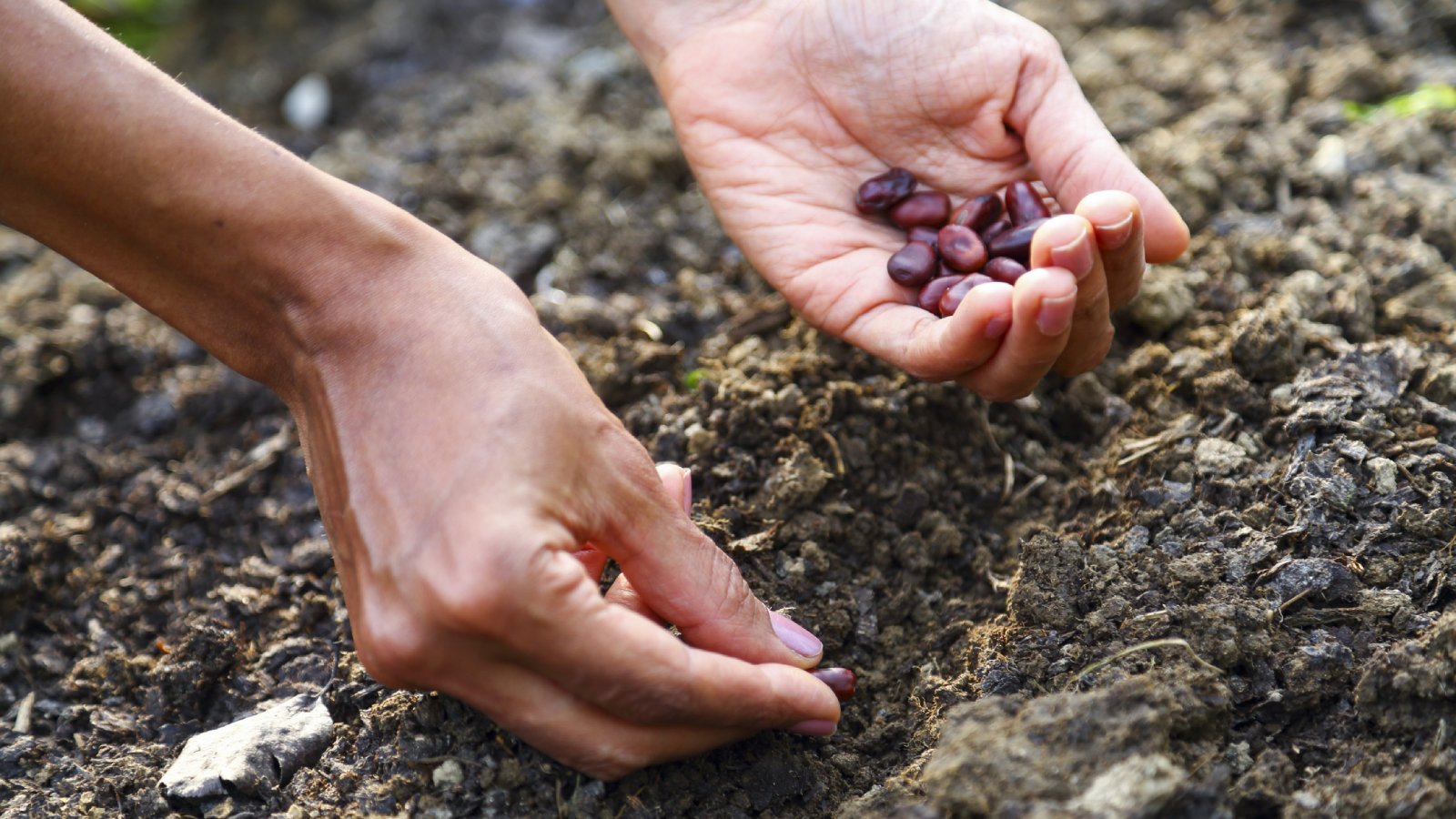

You don’t need to be a Prepper to want to store seeds for survival. Anything can happen in this world and it is a good idea to stock up on potentially life-saving things like survival seeds. Having seed in your possession means you can still eat healthy and well, even if there is a supply chain breach or other emergency that interrupts food supplies. The best survival seeds are those that are adaptable, have a long storage life, are easy to grow, and provide the most nutrients.
Best Seeds for Survival
What seeds should you be saving? The answer really depends on the question: what are seeds for? Different seeds fill different roles, and some may be better for your needs than others. Here are our top five types of survival seeds worth saving.
1. Long-lasting Seeds
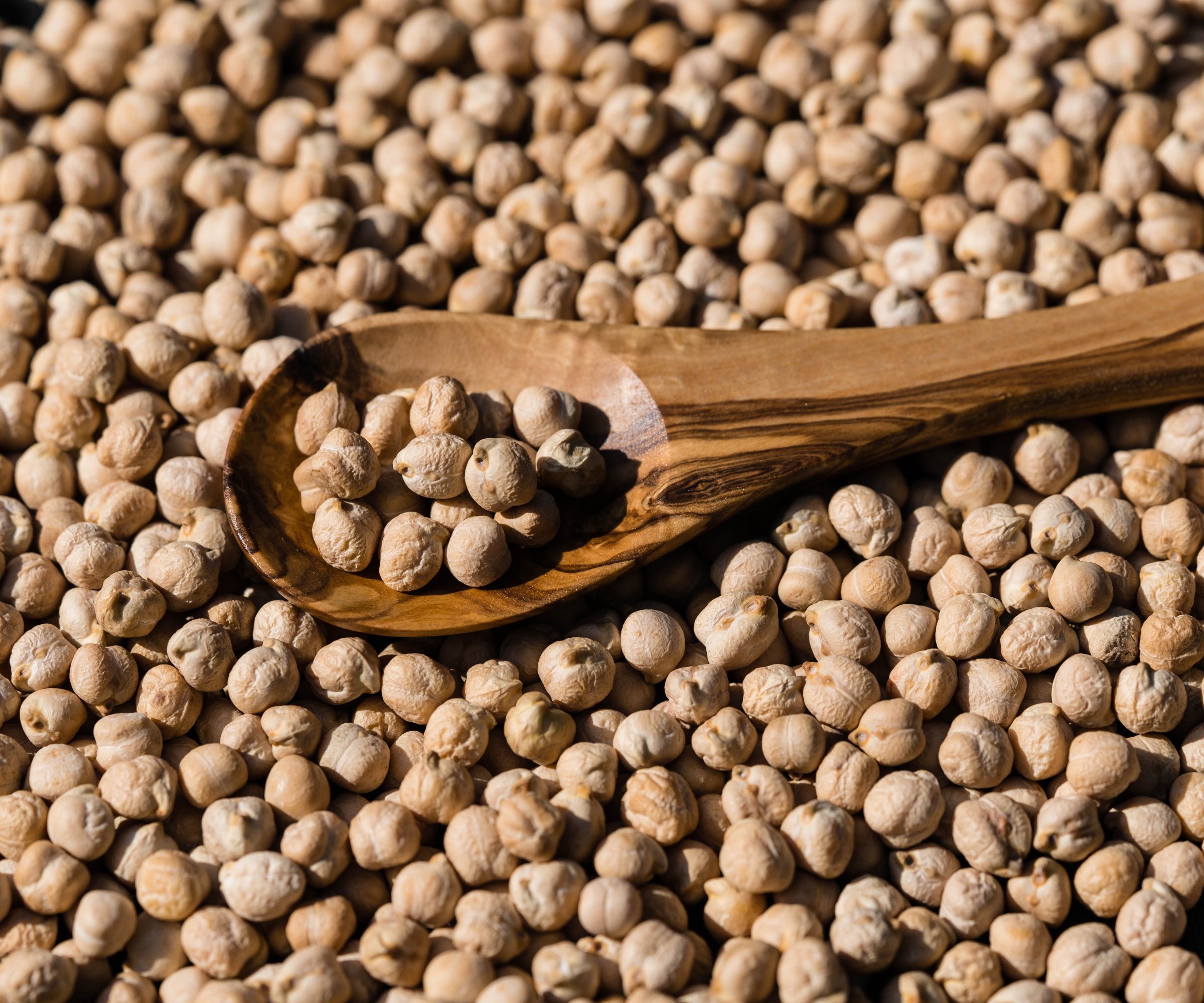
Most survival seeds will last 1 year in average seed storage conditions. But seeds dried to less than 8 percent moisture and stored in well-sealed containers may still be viable up to 10 years.
To fully dry survival garden seeds, spread the seed out on mesh in the sun or shade. If the days are hot, shade is preferable, since hot, blazing sun can damage seeds.
When the seeds are fully dry, pack them up in sealable glass jars. Then store these in the refrigerator or freezer to extend the life of the seed. The key to seed saving is to get it as dry as possible, store it away from the sun, and keep it cool.
2. Seeds That Are Easy to Save
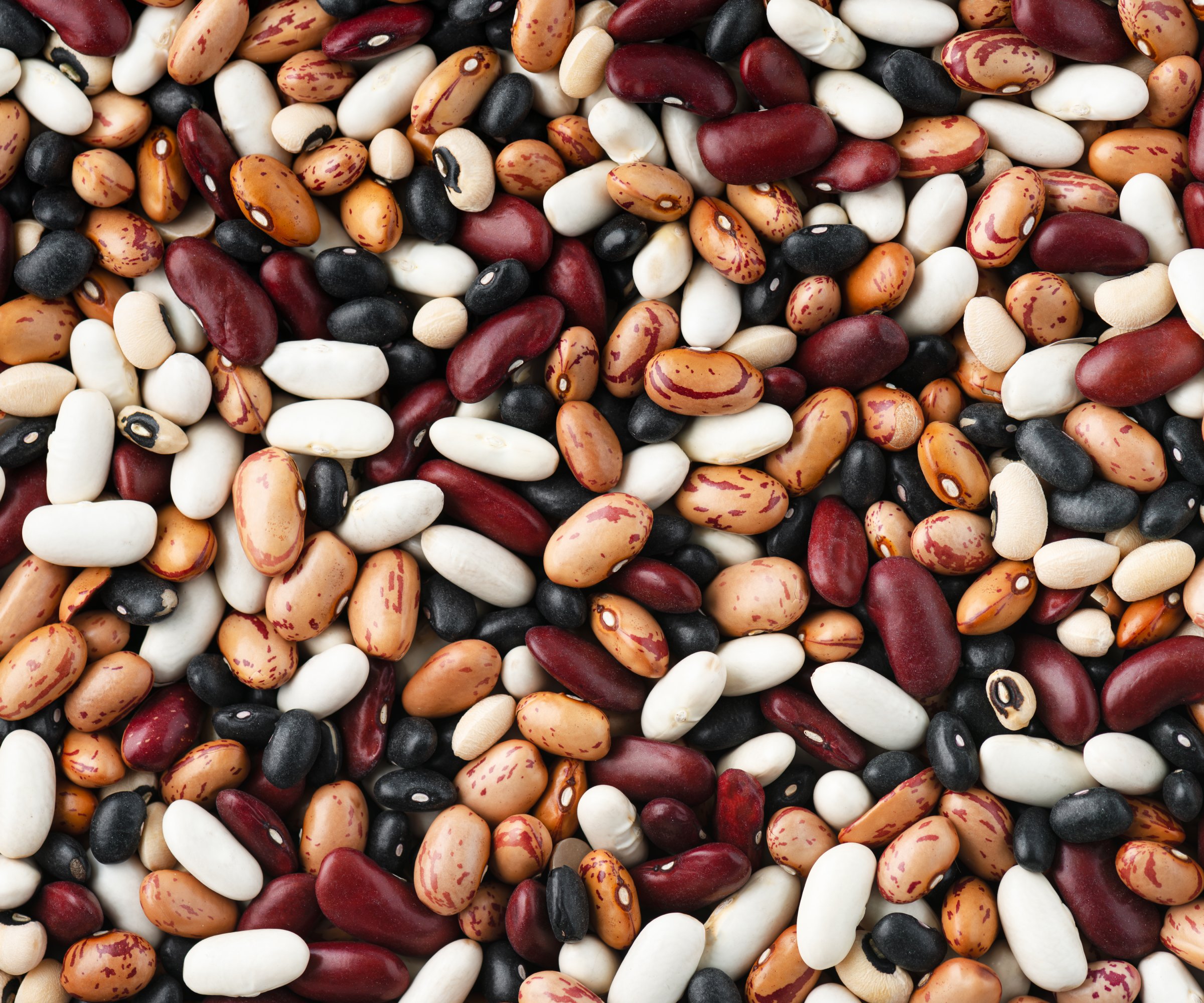
The best survival seeds will be those that have a high germination rate and flowers that are self-pollinating. Beans, peas, tomatoes, and peppers all tick the boxes. Open-pollinated and heirloom are great survival seeds because they will develop fruits true to the parent. They are often varieties that have been passed down through the years and have very favorable attributes.
Seeds like squash are easy to save but they may not remain true, resulting in some very interesting fruits. Plants that are biennials like carrots require 2 seasons to set seed and are not as easy to save.
Sign up for the Gardening Know How newsletter today and receive a free copy of our e-book "How to Grow Delicious Tomatoes".
3. Seeds for Perennial Edible Plants
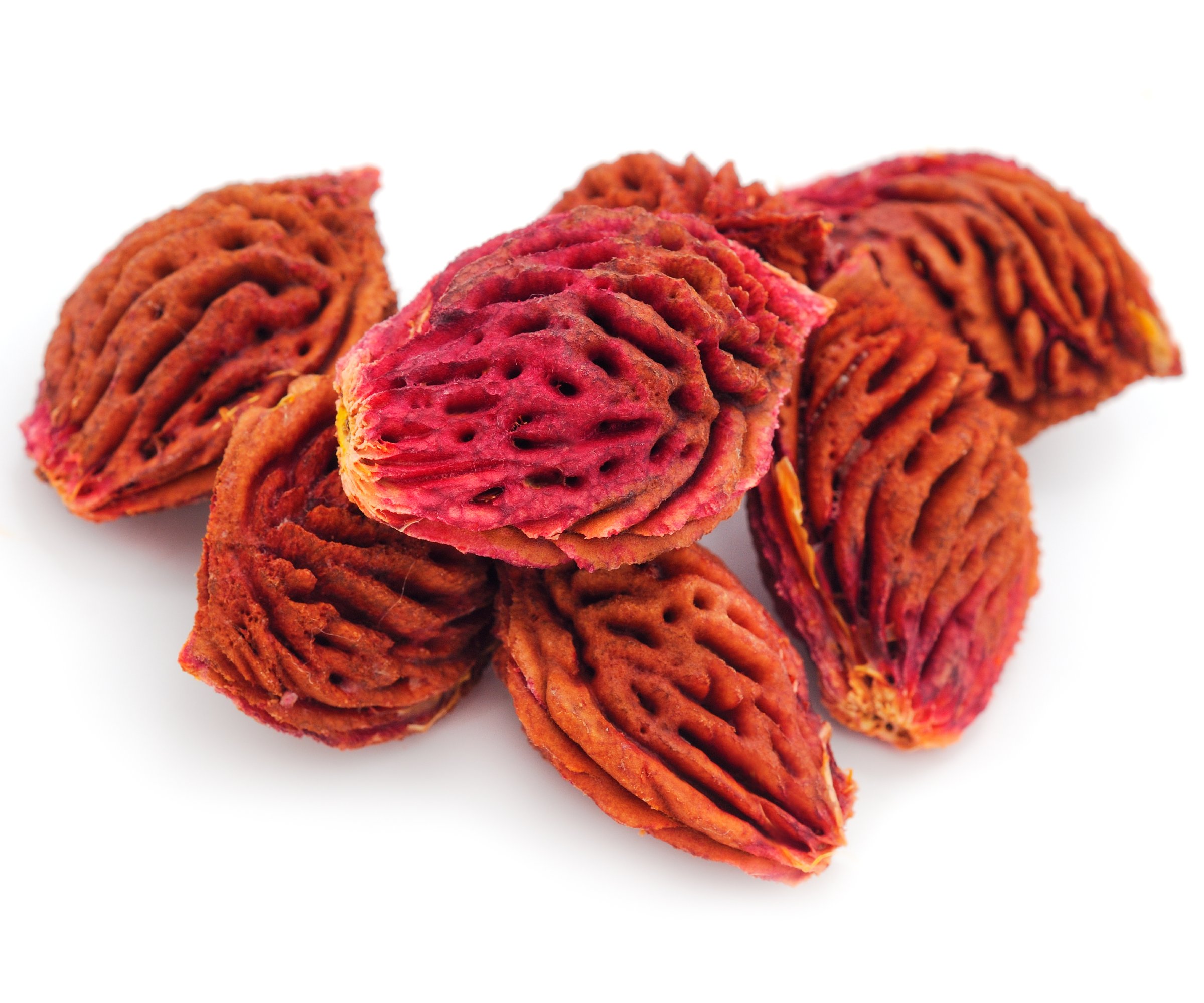
Chives are one plant that will produce for years and the seed can be saved quite easily. Many edible perennial plants will take years before they produce food. An easier way to grow perennials is through division, tuber, or roots. Examples of these would be rhubarb, asparagus, Jerusalem artichokes, and horseradish. For an edible landscape, also plant fruit trees and bushes, herbs, and other edible plants.
4. Seeds for Cold-hardy Plants
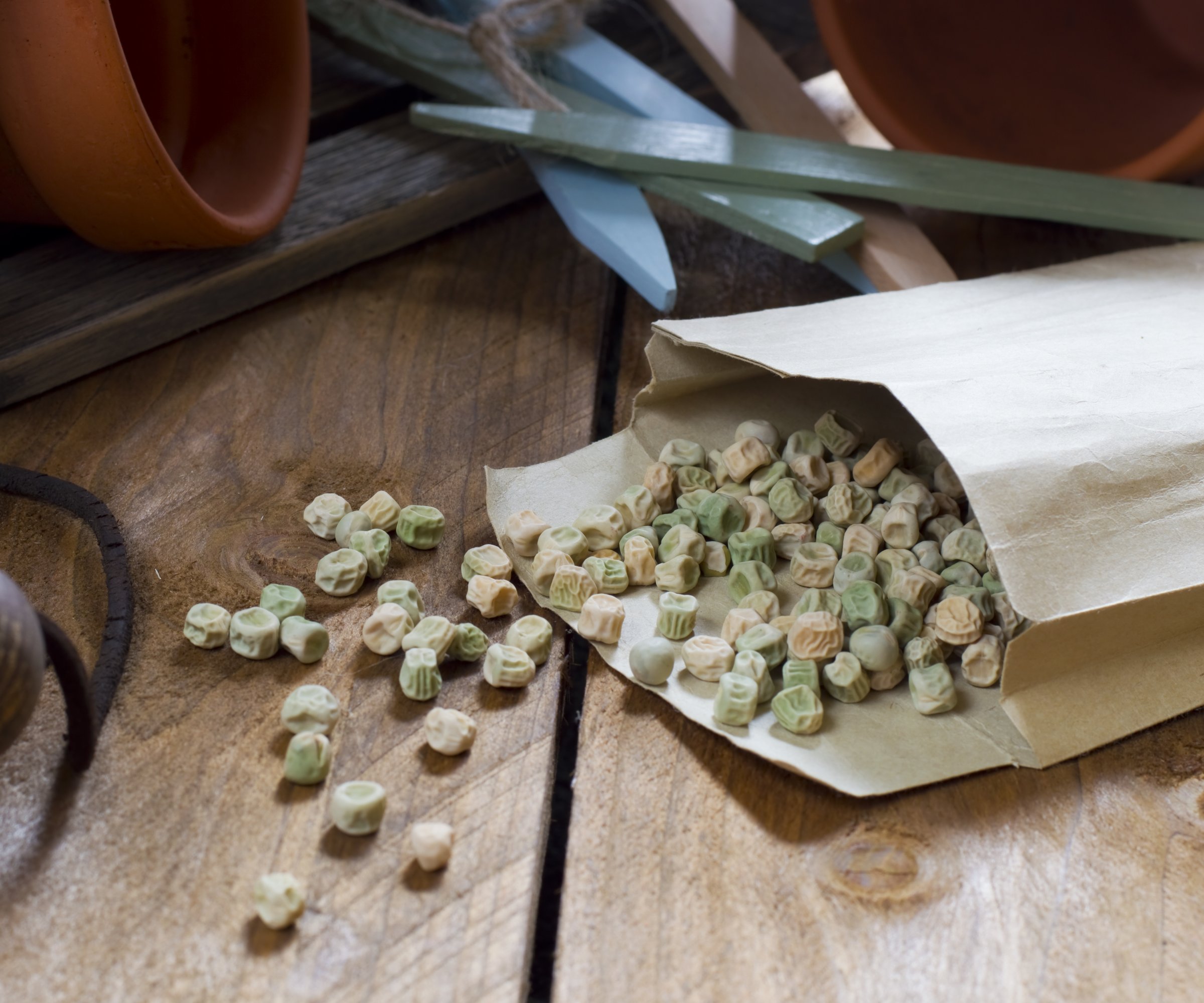
Depending on your growing zone, winter gardening may be possible. The far northern regions will require a heated greenhouse for true winter gardening. In warmer and temperate regions, many plants can be grown in the winter, depending on their cold tolerance.
The hardiest survival garden seeds are kale, spinach, kohlrabi, Brussel sprouts, cabbage, fava beans, arugula, radish, mustard greens, onions, garlic, broccoli, rutabaga, leeks, turnip, and collards. A cold frame can help grow many of these plants in cooler climates during the winter.
5. Seeds for Heat-tolerant Plants
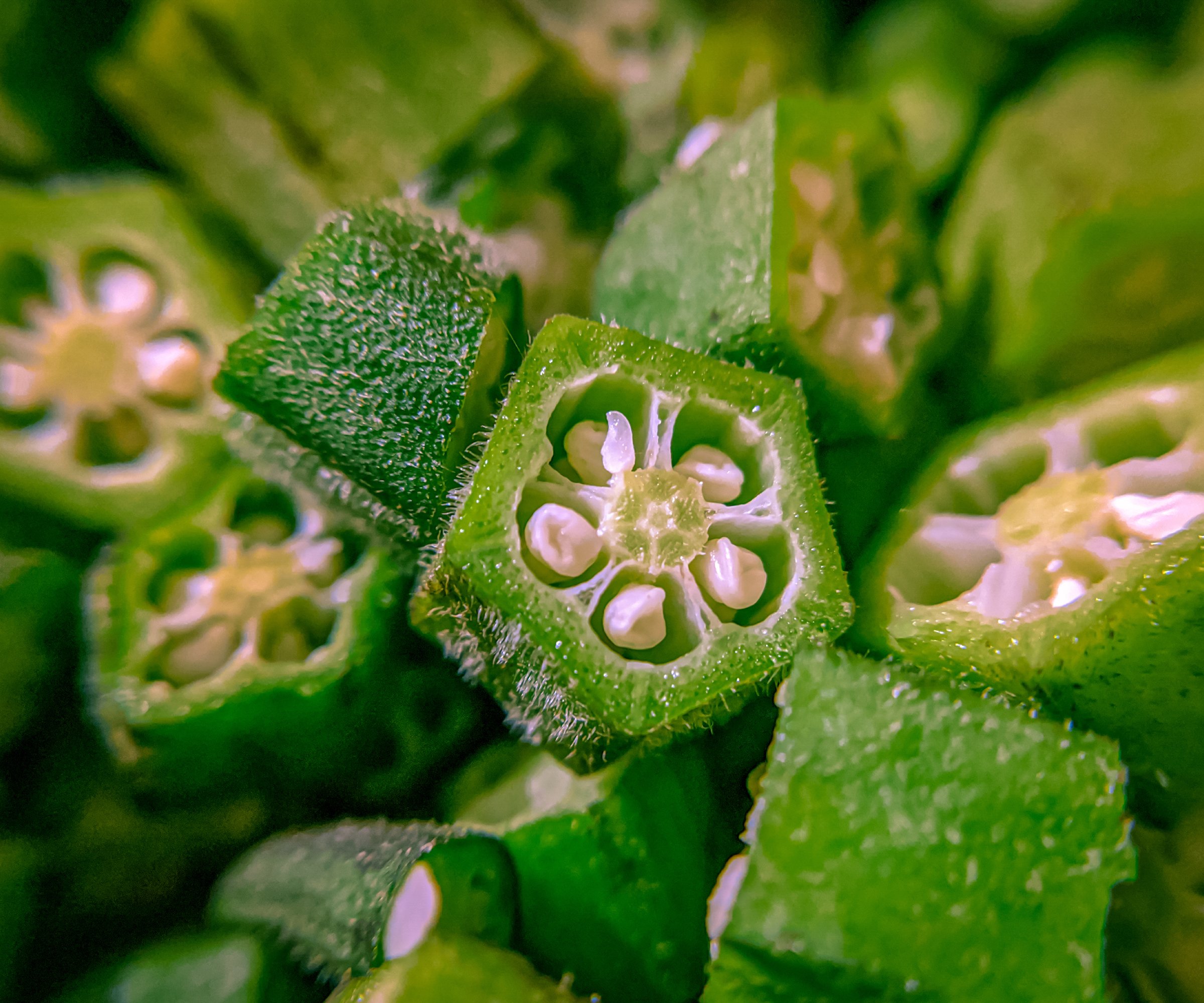
Most of our favorite produce thrives in sun and heat. But not all the foods we grow will thrive in extreme heat. For instance, once the heat hits triple digits, plants like tomatoes will stop ripening. Cool-season crops will wilt and bolt. In hot zones, seeds must be “low chill hour” in order to germinate and thrive.
Many of our greens like lettuces are cool season crops, but alternatives hot weather vegetables are tropical spinach and amaranth. Summer squash doesn’t like extreme heat, but tropical varieties of squash will thrive. Seminole pumpkin and chayote are good examples. Instead of traditional root crops like carrots and potatoes, plant sweet potatoes and cassava.
Frequently Asked Questions
What are the best seeds for seed saving?
The best seeds are those that will grow easily and well in your zone, lighting, and soil. While heirloom and open-pollinated seeds produce food true to the original, even the squashes are good to save. They germinate easily and will produce fruit, but it might be something different. But if food is what you need, squash is nutritious and prolific.
What seeds have the longest shelf life?
Dried beans have the longest shelf life. Studies have shown them to germinate well after 100 years. Cucumbers can be stored for up to 10 years, while tomatoes are good for 4-6 years.

Bonnie Grant is a professional landscaper with a Certification in Urban Gardening. She has been gardening and writing for 15 years. A former professional chef, she has a passion for edible landscaping.